Letters in Space
Sunday, February 21, 2016
If I think of letters and/or typography, I think of a flat surface with text. Like on paper and computer screens. But in daily life I am more interested in sculpture, 3d Objects and landscapes. So I searched for typefaces in 3d, who give me the feeling of a landscape or a sculpture. And already very quick I rolled in to the world of 3d printing.
Need a new name tag or a cool 3d logo? All out of magnetic alphabet letters, or play letters for your kid? You can make it very easy yourself these days. Just a few clicks on the computer and voila! You printed your design.
Roughly in the 30 years between the invention of 3D printing and the current hype is 3D printing steadily been on the rise. The first patents for 3D printing have already applied for early 80’s and the first commercial machines were already in 1988 delivered to the customers. So it has been a history of over 30 years, but now the hype is just starting? Especially because the quality of the available materials and techniques have been improved. Rates also declined for both the mac
hines and the materials. Around the year 2000 the cheapest 3D printer was around $ 45,000. Five years later, the rate was approximately halved and now you can already buy a professional printer for less than $ 10,000. There’s even a special printer produced for use at home, which costs less than $ 400. Also, all applications have increased. In the beginning the printer was called another name than 3D printing. It was called: rapid prototyping. Especially because the method at that time was ma
inly used to develop prototypes, test models and mock-ups. At a later stage, the material was more spacious and the machines were faster and more accurate. Since then they are more often used for final products. But in recent years it has gained much more attention, and especially large prize declined from the machines and materials and the RepRap project brought a lot of media attention.
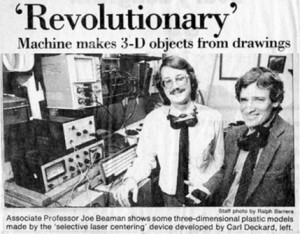
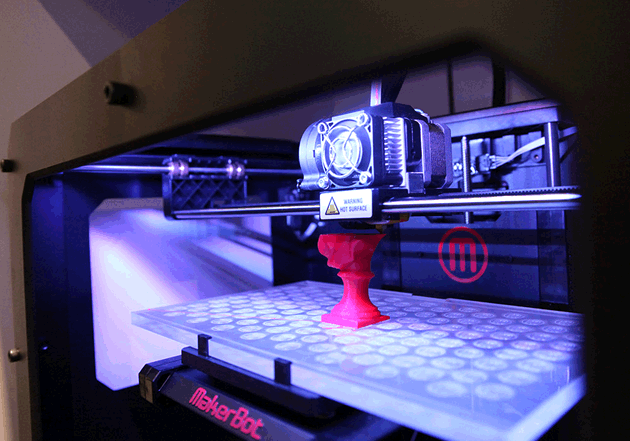
Who would have thougt that by now we can send 3d letters? Well I did not.
In my search for artists who use 3d printing in their work, I found this project of Hongtao Zhou. A Chinese artist (currently living and working in the United States). He created a work called ‘textscape’ . When I saw it at first I didn’t know were to look. It was a combination of text and image, but the image was like a new landscape, especially when you see it from the side. Since Zhou comes from a country with a rich history in Printing, he used that rich Chinese history to develop his project.
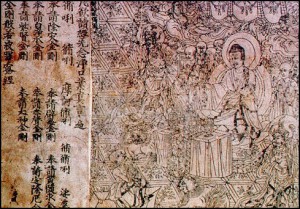
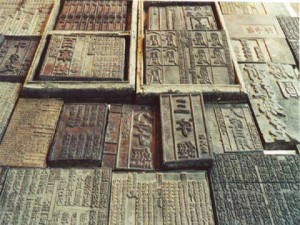
Ancient China was the place were printing technology was first created. The earliest surviving examples from the woodcut prints from China date back to before 220 a.d. Back then it was mainly used to print on textiles and later on paper. Zhou, coming out of a country with such a rich history in printing, decided to dive into the modern variation of the old printing. However, his opinion about 3D printing nowadays is that, you are able to reproduce quickly objects extensively in 3D prints instead of actually creating
something new. He wanted to create objects rather than duplicate a text.
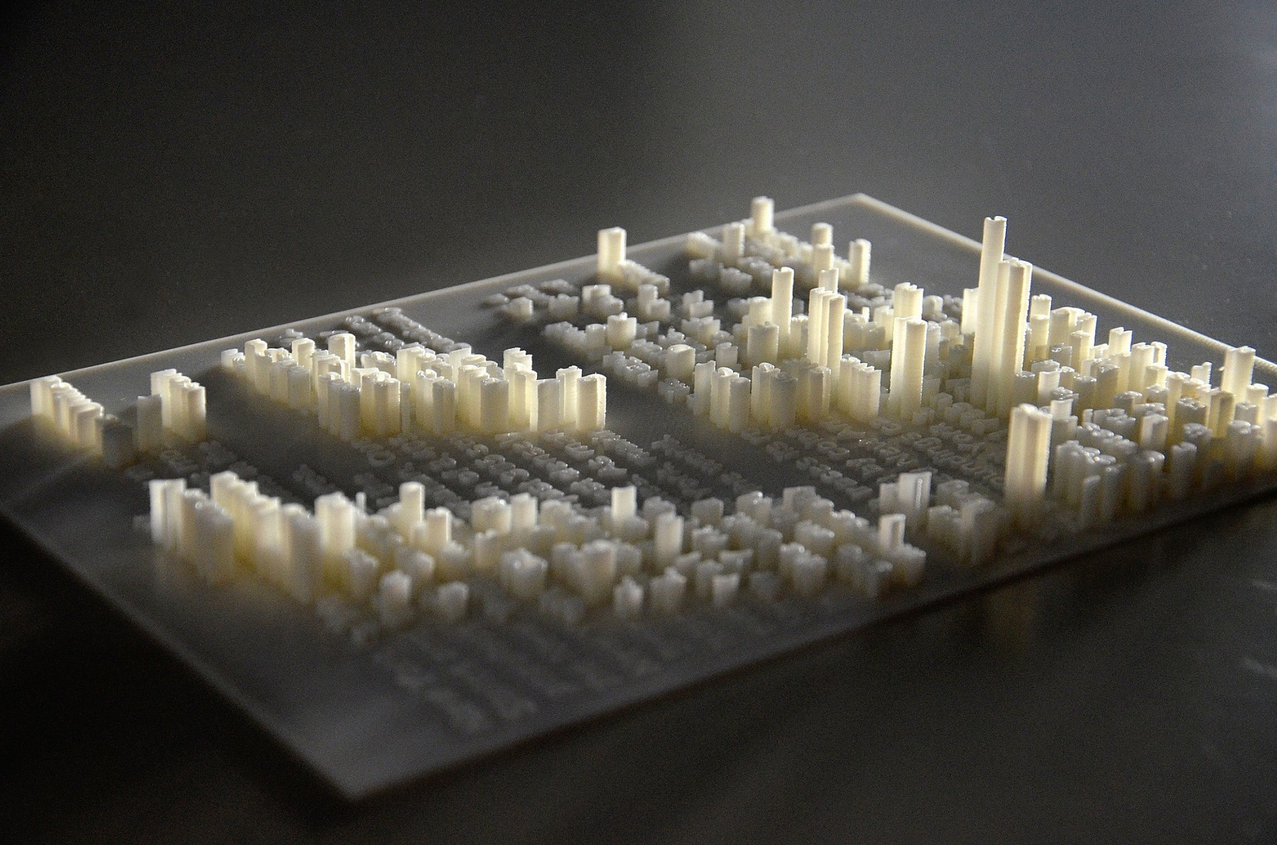
With his textscapes he creates letter sized 3D documents. But because he plays with the height of each letter he creates a wide variety of new forms, landscapes and even cities. He designed a text that has the structure of the Central Park in New York City. In my mind it seemed like a city map. The text itself is about the past and the special places of the city. By providing differences in height in the different words and letters creates a structure. Especially when you do not focus on the words, but only the image, the city emerges. And especially by the material that is used during printing, creates a nice shadow play.
But how about the language that is used? I mean he is Chinese, why not use his native language?
Well later on he made several textscapes in Chinese. I think it’s definitely a good addition to his series. I think for me, especially as a Westerner with a totally different language, it is even more magical than his lyrics in English. Because I do not speak the language, and it can not even understand, it looks even more like a landscape or even a structure of a material.
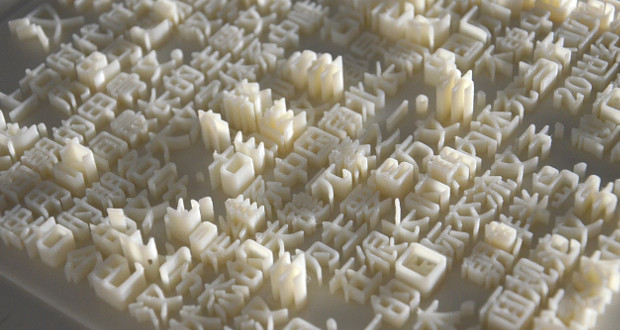

He takes it even further, instead of only making textscapes in his native language and English, he also made works that are printed in braille. With these documents he makes the reading process interactive for a general audience or also for blind people to read. He combines knowledge as well as art.
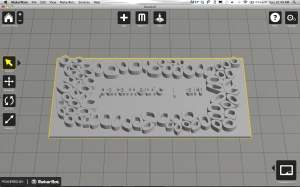
The audience of this type of art is very versatile, because the work makes use of many different forms and specific types of writing. He makes use of braille, language characters, calligraphy’s and number systems to bridge text and its visibility in architecture, landscape, portraits and some abstract matters. This new way of dealing with art, the ‘textscape’, is a very innovative way to sculpturally reflect the subject of the text. The extrusion of letters at different heights engages the readers in a new and more interesting experience.
Leave a Reply







